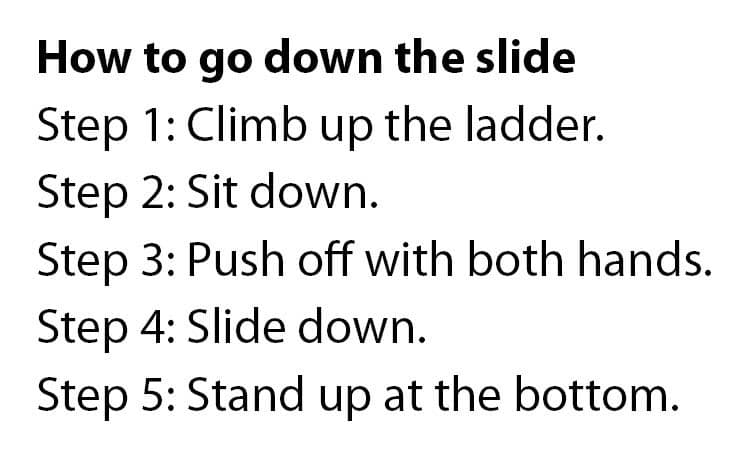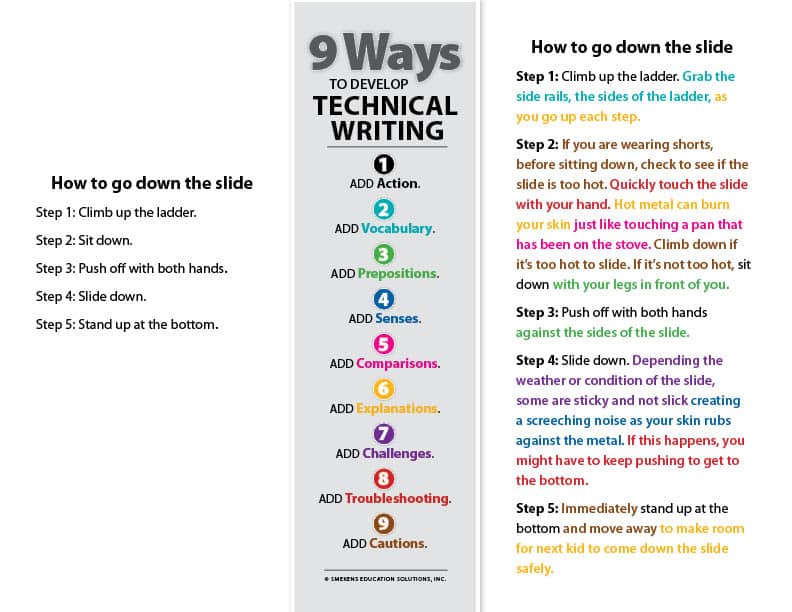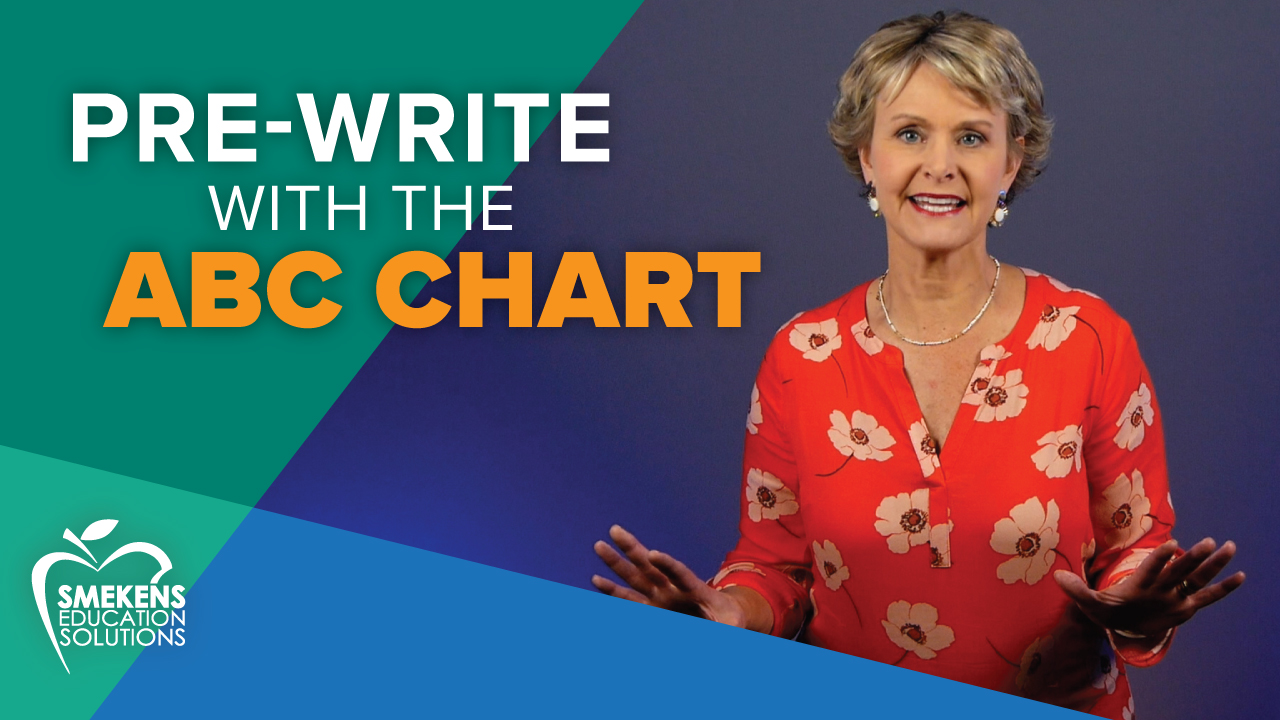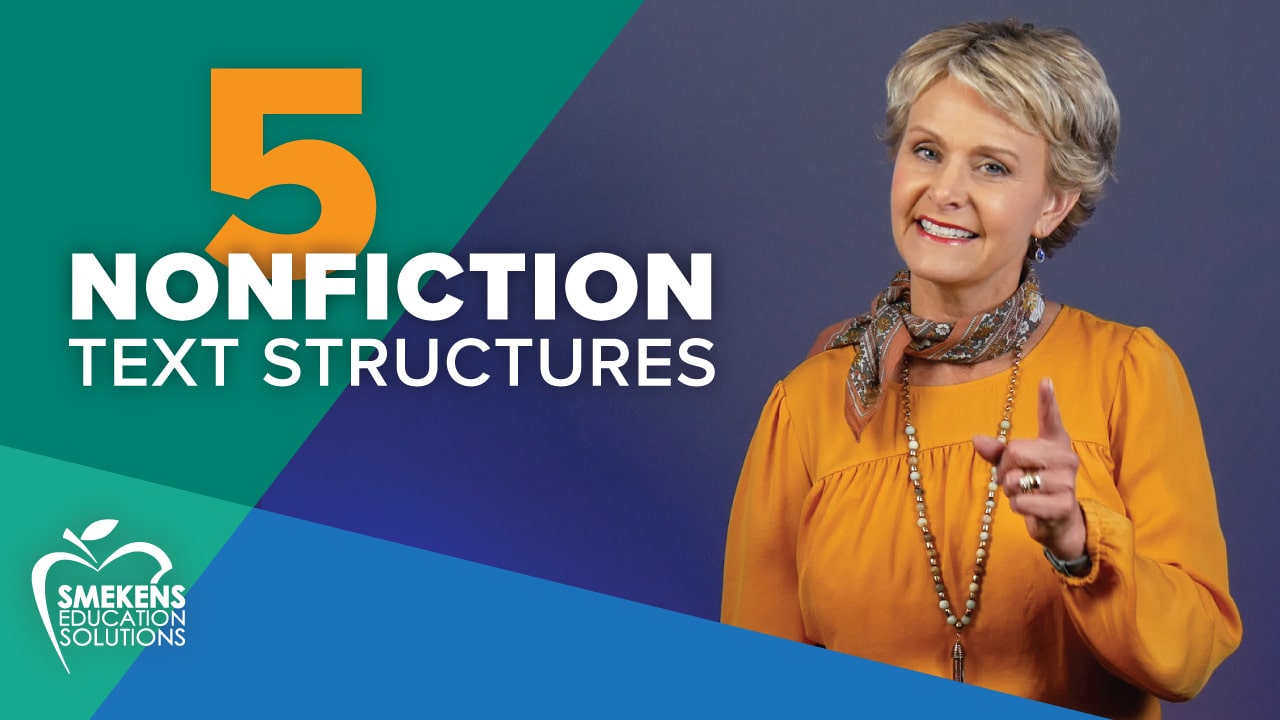writing
How to teach technical writing
As readers, we encounter technical writing in our daily lives. We utilize it personally when cooking with a recipe, watching a YouTube tutorial, or following the GPS. We also use technical writing at work via manuals, policies, and procedures. Help students first understand what are technical texts and then explain the purpose for them.
The purpose of technical writing is to teach the reader how to do something within a series of detailed steps. This unique genre of informative writing requires clarity and precision—two powerful communication skills students need. Consequently, tackling this genre in the writing classroom is time well spent.
Topic selection
Technical writers have a deep understanding of and firsthand experience with the topic they’re teaching. Therefore, when experimenting with technical writing in the classroom, have students generate simple, sequenced lists of familiar and daily routines.
At this point, many students combine these sentences into a single body paragraph and declare they are done. However, effective technical writing is more precise, more specific than that. Students need instruction on how to develop each step into its own detailed paragraph.
Body paragraphs
If students typically compose on a screen, model how to separate each step with several line breaks. If students typically write with paper and pencil, model how to write each step at the top of its own half-sheet of paper. In both cases, these singular sentences will serve as topic sentences for future paragraphs. (Each step is a table top that will be held up with legs of support.)
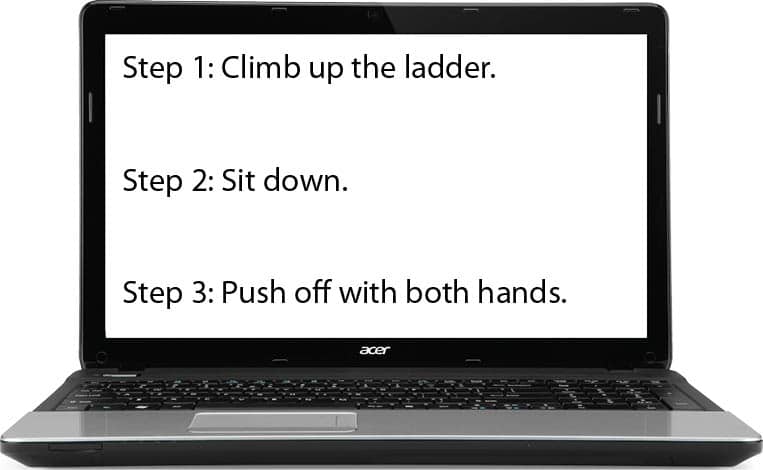
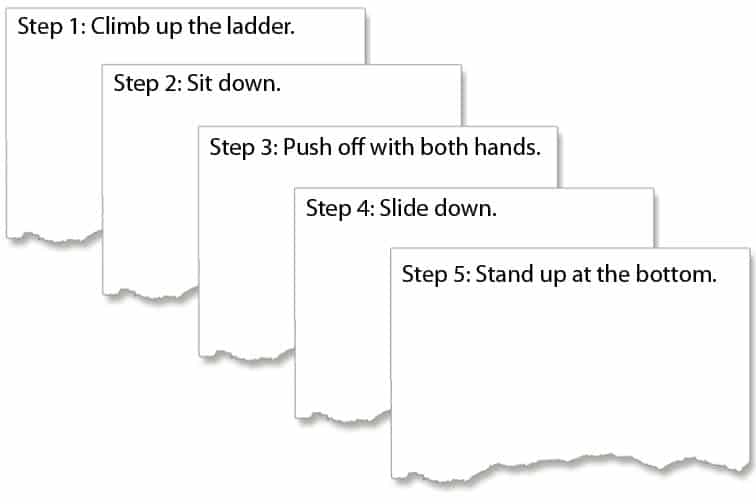
Supporting details
Now that students know the expectation—that every step produces its own body paragraph—reveal 9 types of additional information students might include when describing each step of a technical writing piece. Revealing these instructional examples for technical writing will help students recognize the benefit of including these types of information in their own technical writing.
Action: State the specific action the reader will take, do, or perform in this step. This would likely be the topic sentence that they have already written (e.g., Step 1: Climb up the slide ladder.).
Vocabulary: Include any technical jargon associated with this step (e.g., side rails) and provide a synonym or simple definition of what it means (e.g., the sides of the ladder). Remember, the reader is new to this topic, so don’t just drop in unfamiliar terms without context.
Prepositions: Describe precisely how (e.g., with your legs in front of you), where (e.g., against the slide), or when (e.g., after you slide) this step is executed. These are the little details that provide precision and exactness.
Senses: Describe sights, sounds, smells, or textures associated with this step. This additional information helps the reader know if he is executing the step correctly—or incorrectly (e.g., creating a screeching noise as your skin rubs against the metal).
Comparisons: Connect the outcome of this step to something the reader would likely know (e.g., just like touching a pan that has been on the stove).
Explanations: Explain the purpose of the step, why it’s important in the overall process, and/or how it impacts the next step. The reader needs to understand the importance of executing this step carefully and correctly—and what’s at stake if he doesn’t (e.g., Hot metal can burn your skin.).
Challenges: Identify common mistakes or problems the reader might encounter during this step (e.g., some are sticky and not slick). These details demonstrate the writer’s vast experience with this task, as he can anticipate what a novice might do wrong.
Troubleshooting: Provide tips, solutions, or alternative approaches if something should go wrong during this step. This information may include undoing, redoing, or starting over (e.g., If this happens, you might have to keep pushing to get to the bottom.).
Cautions: Highlight any safety risks involved in the step and provide necessary precautions (e.g., Immediately stand up and move away from the bottom of the slide.). Now, depending on the task or procedure, there may be significant risk—or none at all. When safety is a consideration, put this information early in the paragraph so that the reader sees the warning before it’s too late.
Although this is a lot of information that could be added to each step, it shouldn’t all be included. Writers insert only the additional details that are most helpful to the reader for that particular step.
These seemingly insignificant details to the writer prove critical to the reader. By incorporating this precise information, students transform basic how-to lists into robust technical guides that provide readers with the benefit of the writer’s expertise.


